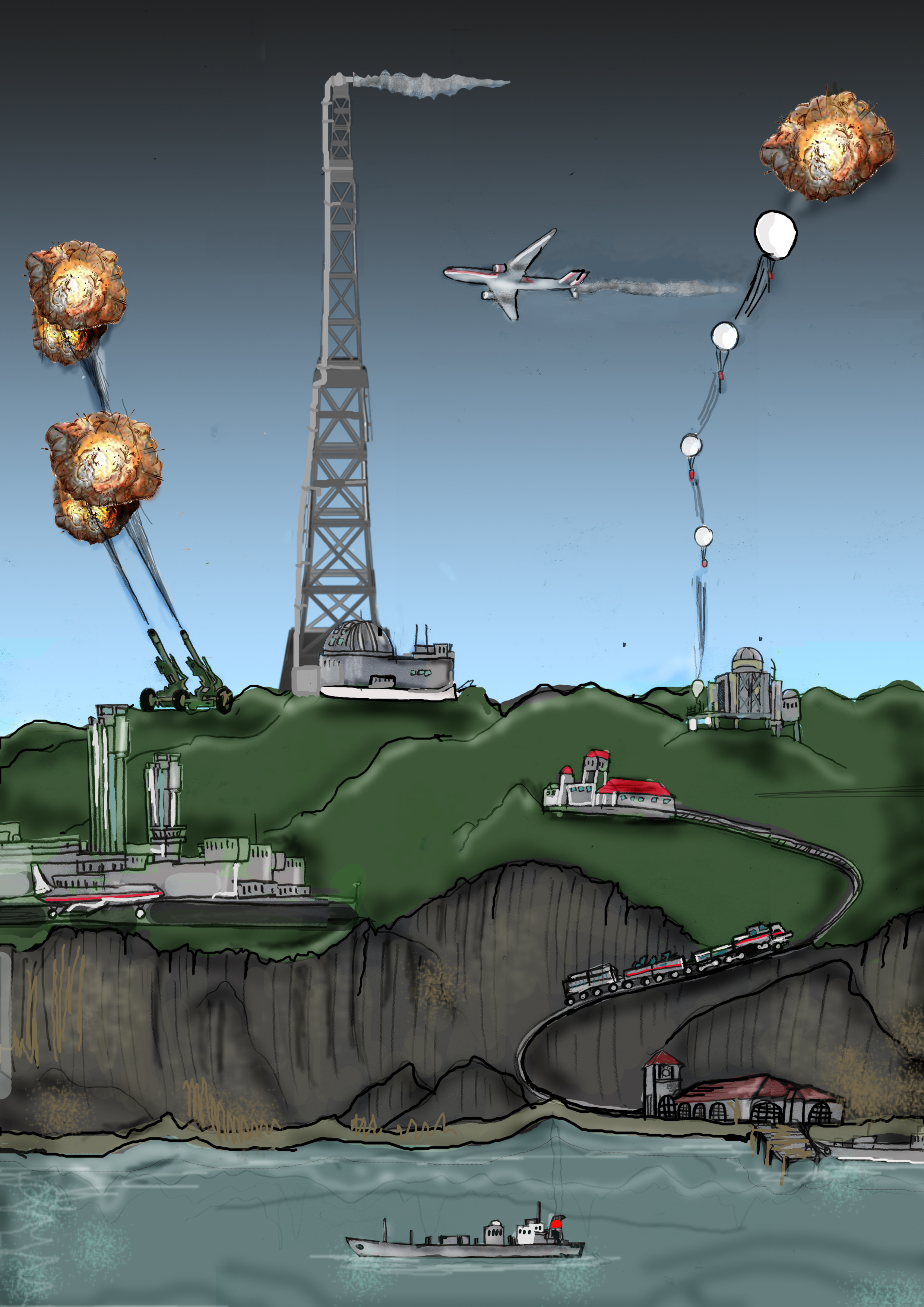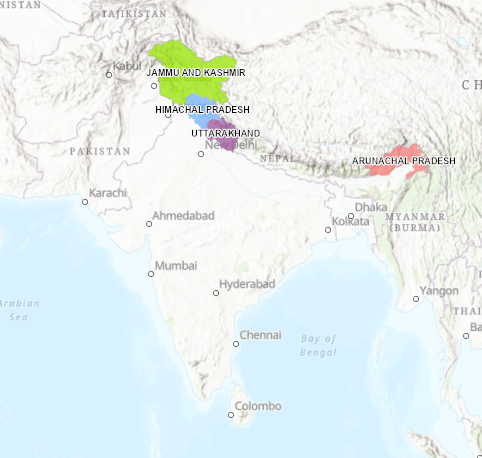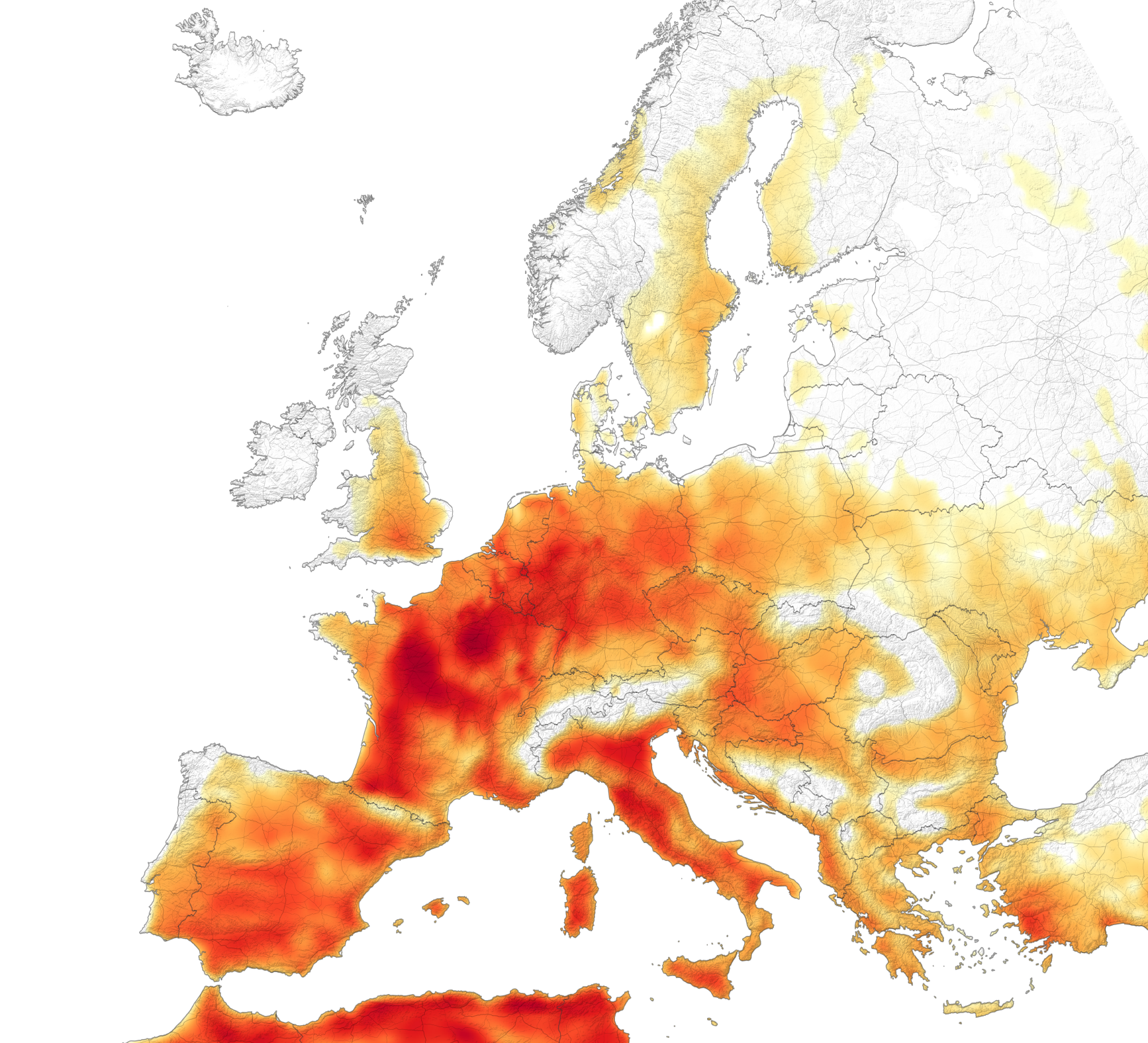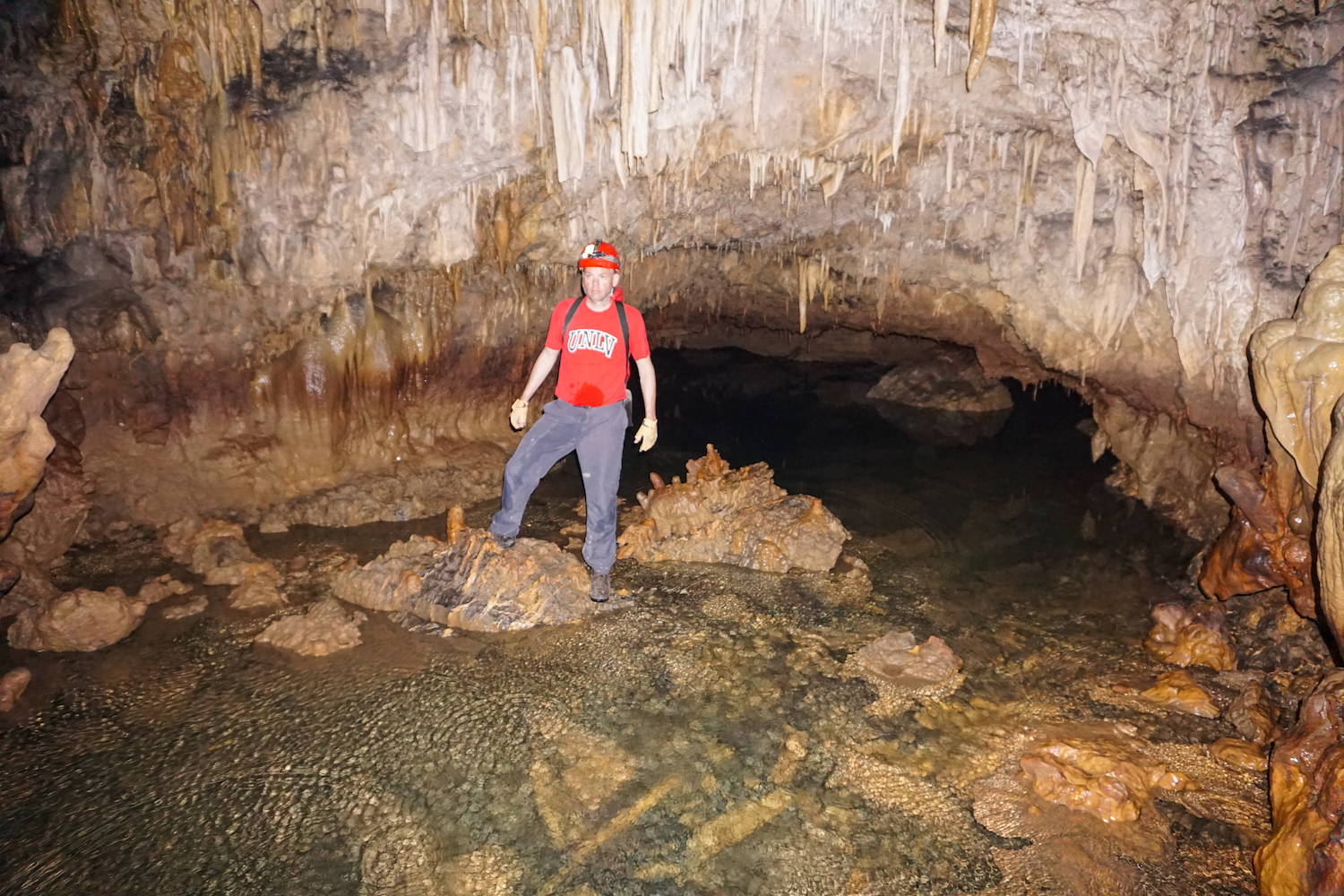It’s viable to produce low-cost, lightweight solar panels that can generate energy in space, according to new research.
Tag: solar radiation
MSU scientists help discover the highest-energy light coming from the sun
Mehr Un Nisa, a postdoctoral research associate at Michigan State University, who will soon be joining MSU’s faculty, is the corresponding author of a new paper in the journal Physical Review Letters that details the discovery of the highest-energy light ever observed from the sun.

Geoengineering is Just a Partial Solution to Fight Climate Change
Could we create massive sulfuric acid clouds that limit global warming and help meet the 2015 Paris international climate goals, while reducing unintended impacts? Yes, in theory, according to a Rutgers co-authored study in the journal Earth System Dynamics. Spraying sulfur dioxide into the upper atmosphere at different locations, to form sulfuric acid clouds that block some solar radiation, could be adjusted every year to keep global warming at levels set in the Paris goals. Such technology is known as geoengineering or climate intervention.

Geoengineering’s Benefits Limited for Apple Crops in India
Geoengineering – spraying sulfur dioxide into the atmosphere to combat global warming – would only temporarily and partially benefit apple production in northern India, according to a Rutgers co-authored study. But abruptly ending geoengineering might lead to total crop failure faster than if geoengineering were not done, according to the study – believed to be the first of its kind – in the journal Climatic Change.

Heat Stress May Affect More Than 1.2 Billion People Annually by 2100
Heat stress from extreme heat and humidity will annually affect areas now home to 1.2 billion people by 2100, assuming current greenhouse gas emissions, according to a Rutgers study. That’s more than four times the number of people affected today, and more than 12 times the number who would have been affected without industrial era global warming.

Research Brief: Ocean Temperatures Impact Central American Climate More than Once Thought
In a study published today in the journal Nature Communications, UNLV climate scientists and colleagues examined the rainfall history of Central America over the last 11,000 years. The results provide long-sought answers to what has been controlling rainfall in the region for several millennia.